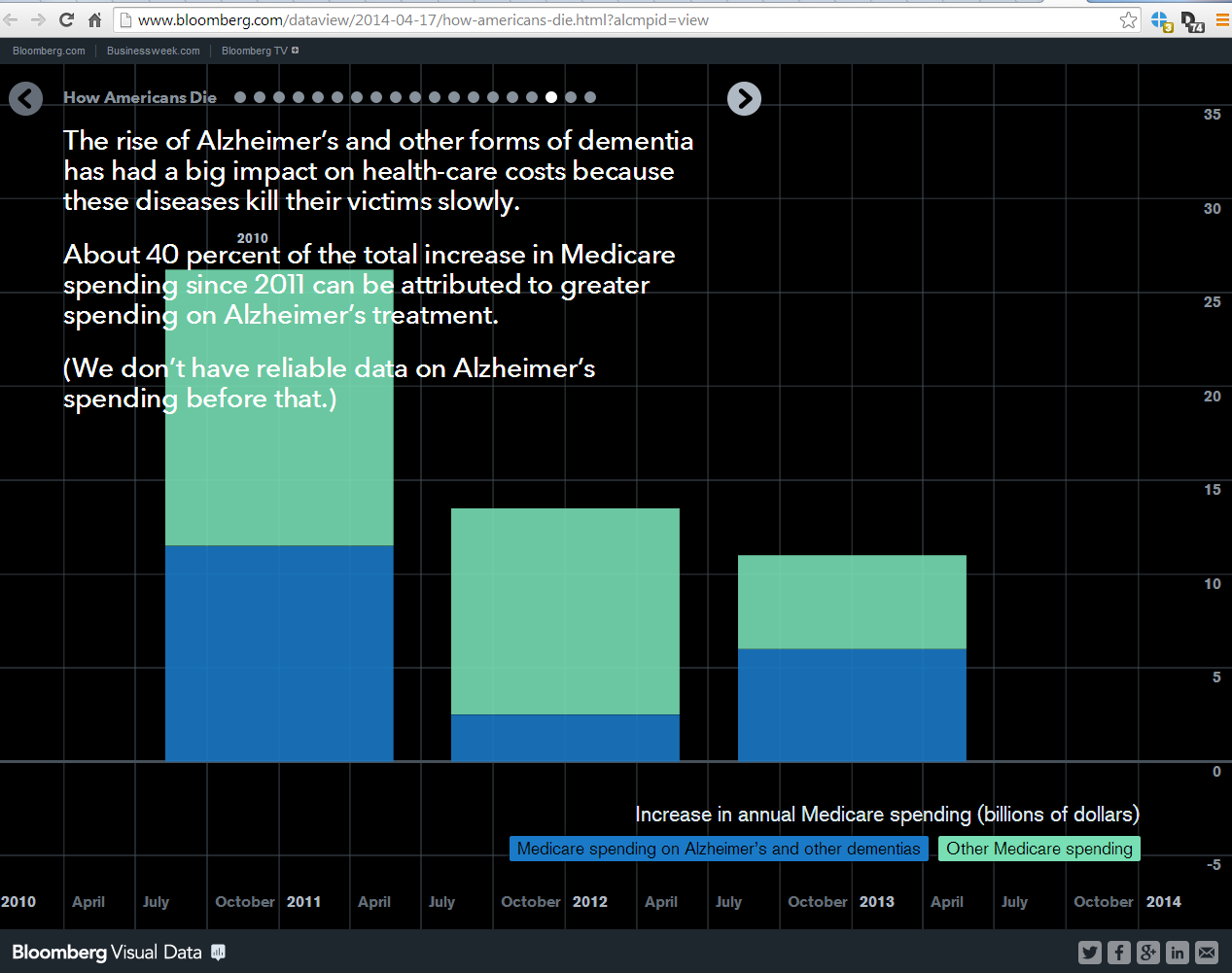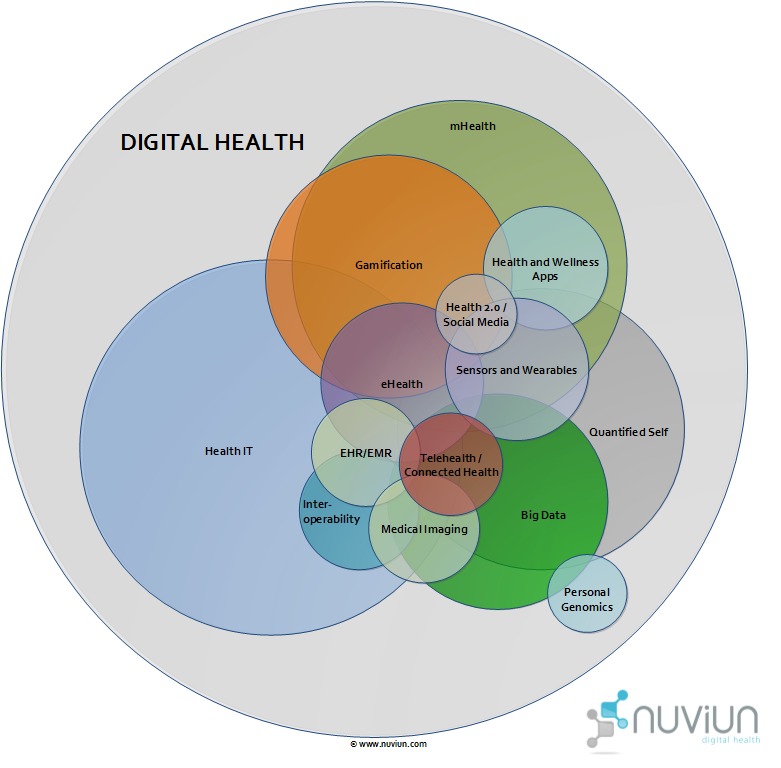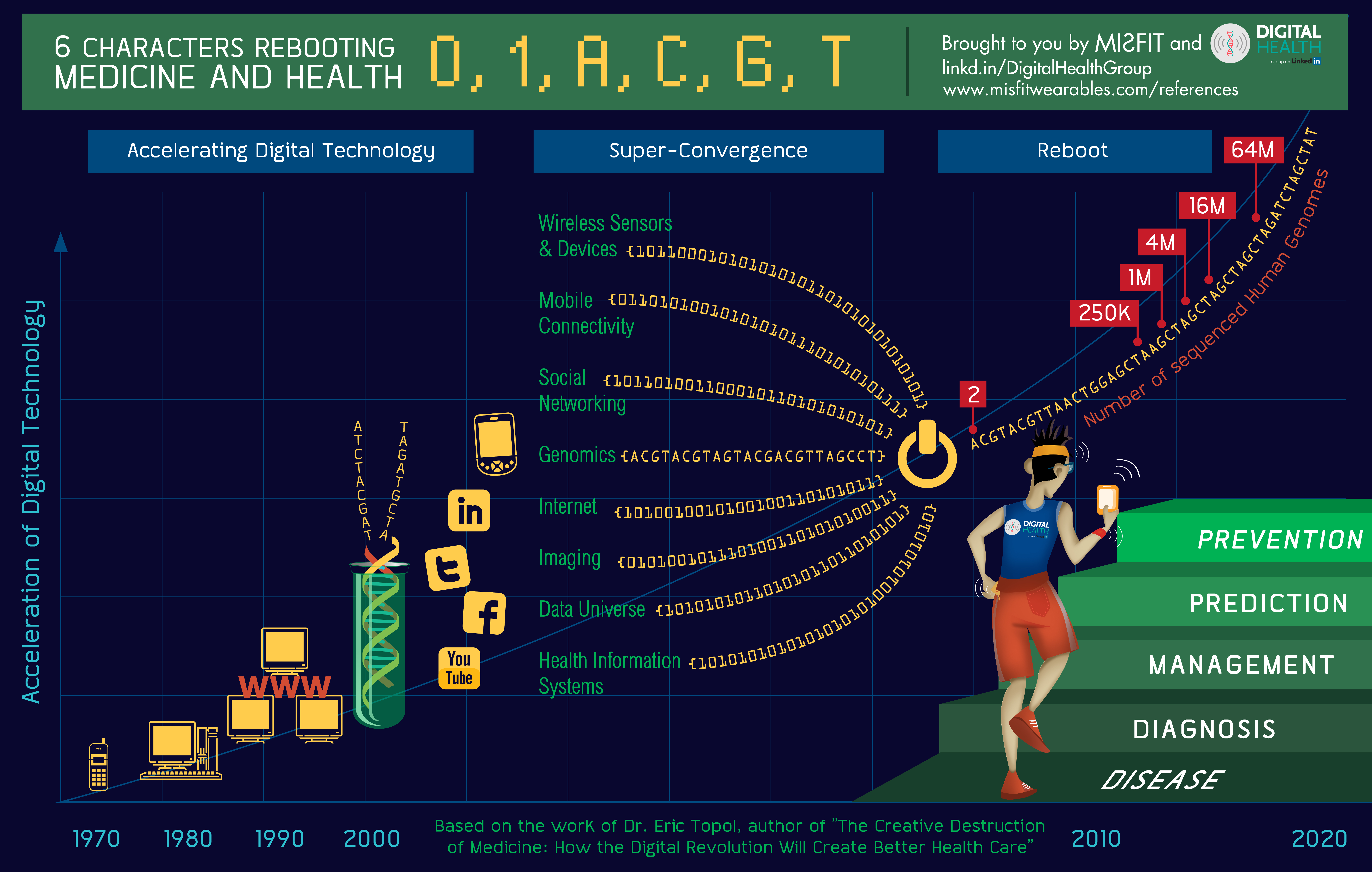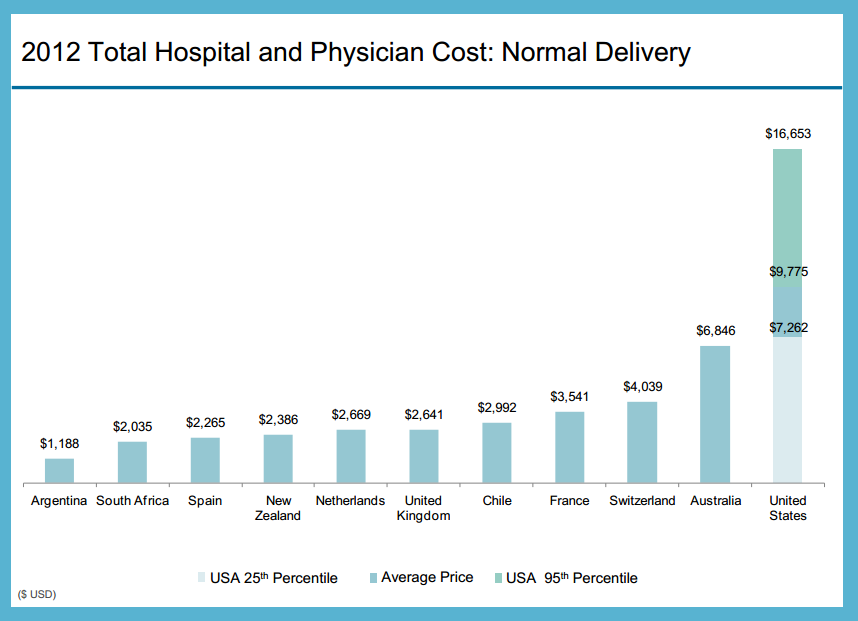http://www.linkedin.com/today/post/article/20140327141338-23027997-bittman-butter-and-better-than-back-to-the-future
Bittman, Butter, and Better than Back to the Future

I generally appreciate the work and writing of Mark Bittman. But on one prior occasion, I was obligated to highlight his erroneous interpretation of an epidemiologic study about sugar, obesity, and diabetes. Mr. Bittman responded cordially and graciously when I pointed out his error, and more generally, his want of training or qualifications to offer up seemingly expert opinion to the public on research studies. I was pleased and gratified by the exchange that ensued between us, including a phone conversation and plans to meet for lunch, which alas, never came to fruition.
But old habits, it seems, die hard- and in this week’s New York Times, Mr. Bittman is indulging again in intellectual mission creep, with predictable consequences. While not trained as a chef, Mr. Bittman has established himself among the foodie elite, and is thus qualified to opine expertly on the culinary merits of butter. Or, at least, I am not qualified to say he is unqualified to do that- I defer to Jacques Pepin.
But Mr. Bittman is absolutely not qualified to assert the health effects of butter based on arecent meta-analysis I rather doubt he read in its somewhat excruciating detail. (In fact, he doesn’t even seem inclined to pretend he read it; he references the work several times, but in each case, the links he provides lead to someone else’s blog about the study, each reaching a conclusion- surprise- aligned with his own.) He should restrain himself from such inclinations to impersonate an expert, and the New York Times should set the bar higher. Experts should earn the rarefied real estate of New York Times pages only for their domain of actual expertise; the public probably expects, and certainly deserves, no less.
Mr. Bittman’s writing is, as ever, engaging and stylish. Overall, his column entitled “Butter is Back,” which turns out to be much about other things, such as limiting our overall intake of meat for ecological and humane reasons, is balanced, and thoughtful, and reaches generally reasonable conclusions about a diet of real foods, mostly plants – for the benefit of human health, our fellow species, and the planet alike. This is a topic near and dear to my heart, and one to which I have devoted considerable, recent effort.
But speaking of hearts, his conclusion that butter has now been exonerated of all harms formerly alleged is, in a word, wrong.
Since the study Mr. Bittman cites was about fatty acids, not foods, and only headlines in pop culture said anything about butter or cheese, we might begin with: what, exactly, are the saturated fatty acids in butter, and how did they fare specifically in the meta-analysis in question? I am betting you don’t know or care-but my point is, I bet the same of Mr. Bittman.
We could, perhaps productively, wade into just such weeds of the meta-analysis, but I’ve done that already, and see no value in redundancy here. My prior column is accessible to you. Note, as well, that colleagues have identified potentially quite important flaws in the actual analysis, the investigators themselves have conceded those flaws, and an outright retraction of the paper is at least being discussed.
But we can leave all of that alone and grind better grist altogether. Consider that the meta-analysis, even if sound, showed only that Western diets with lower and higher levels of saturated fat still produced roughly comparable levels of heart disease. It actually showed slightly less heart disease with lower saturated fat intake, but statistically speaking, that’s picking a nit, so we can let it go. Let’s accept that without addressing at all what replaces the saturated fat, a fairly typical Western diet produces about the same amount of heart disease whether higher or lower in saturated fat content. Substituting in Mr. Bittman’s leap of faith, this might mean that typical Western diets with higher or lower amounts of butter produce about the same amount of heart disease.
On this basis, Mr. Bittman says: bring back the butter.
Before you do, consider these points, in no particular order:
1) All ‘Western’ diets produce very high levels of heart disease, at least 80% of which has been shown to be outright preventable by a litany of studies spanning decades.
2) The new meta-analysis did NOT consider what was replacing the saturated fat in the diets of those who ate less, but others have told us that: mostly refined starch and sugar. Importantly, then, despite Mr. Bittman’s assertions that these are the ‘real’ culprits in our diets- diets lower in saturated fat did NOT show higher levels of heart disease, as we might expect if we were replacing a false culprit with the real ones (i.e., cutting saturated fat, adding sugar). So, the new study might just as well be interpreted to show that ‘adding sugar and starch to the diet in the place of saturated fat’ does not increase heart disease rates. So on what basis does this study indicate these are the ‘real’ culprits? Mr. Bittman just brought his preconceived notions along for the ride. (My view? Excesses of saturated fat, sugar, and refined starch are in on it together, and all still wanted for further questioning.)
3) The new study did show lower rates of heart disease with higher intake of omega-3 fat. There was a favorable trend with polyunsaturated fats in general, but this was not significant.
4) Overall, then, the study showed that some dietary fats can be beneficial to health, butsaturated fats as a class were not among them. The best the study said of saturated fats is:they don’t seem to make things worse than the prevailing status quo.
5) But to rephrase point 1: the status quo stinks!
6) Other studies have blown the status quo away. In his famous study years ago, Dean Ornish showed a relative 70% reduction in the rate of heart attack with a plant-based, low-fat diet that certainly did not feature butter.
7) Perhaps of more general interest: the Lyon Diet Heart Study showed exactly the same, impressive, relative 70% reduction in heart attack rates. But in this case, the intervention diet had no ascetic overtones; it was a Mediterranean Diet. The control diet, which resulted in standard –and thus appallingly high- rates of heart attack was a typical Western diet. But the Lyon Diet Heart Study, as the name suggests, was centered in Lyon, France- and conducted in European countries. The ‘typical’ diet was not American junk- it was the real-food diet of Northern Europe, dripping in, among other things, butter. Other Mediterranean Diet studies have shown much the same.
8) Combining point 7 with the new study could be said to show this: saturated fat (and therefore, maybe, butter) may not be bad for hearts and health compared to other things that are bad for hearts and health. But there is no evidence they are good for hearts and health. That hardly seems cause to start shmearing.
9) In contrast, a balanced portfolio of monounsaturated and polyunsaturated fats-characteristic of all of the world’s most healthful diets; particularly associated with the Mediterranean diet; and derived from foods such as olives, avocadoes, nuts, seeds, with or without fish and seafood- is decisively associated with lower rates of all chronic disease, dramatic reduction in the rate of heart attack, and reduction in the rate of premature death overall. And that’s without buttering it up.
10) Well, I guess I’m done. Just reread 1-9, and there you go.
I don’t think butter is poison. Go ahead and have some if so inclined. But do it for pleasure, not health. The new study was not about butter, but had it been, it could have concluded that there are things we can eat instead that are just as good, or just as bad. Either way, there was no hint that adding butter to our diets would improve our health. Since other studies do show us how to do just that, why would we settle for a lateral move, and stay mired in a place where coronary disease is practically a middle-aged rite of passage? There are places around the world that get the healthy living formula right where heart disease is all but unknown.
I have opinions about cuisine-but they are just opinions. I cannot, and do not, claim culinary expertise. Mr. Bittman, by popular affirmation, can-and I, like many of you, am happy to listen and learn when he does so. But he is no scientist, and when he forgets that, he becomes a potential danger to public heath, misdirecting his considerable influence, and exploiting the faith of his followers. When it comes to clear messaging about nutrition and health, we all should be a bit more careful about which side of the bread is being buttered, and who wields the knife.
If you don’t mind living in a world where everyone you know over age 50 is on multiple medications to fix what lifestyle as medicine could fix far better, by all means add back the butter. If you think it’s normal that most adults of a certain age have had their chests opened up or their coronaries ballooned open, butter away.
But we certainly know how to do far better than such variations on the theme of eating badly. Even in the home of the famous French paradox, replacing butter with olive oil –among other things- slashed rates of heart disease. In my unprofessional opinion, cold-pressed, extra virgin kalamata olive oil on fresh, whole grain bread is sublime. In my professional opinion, it’s good for me. I’m sticking with it for both reasons.
Butter is not, and never was, a singular nemesis– any more than sugar is, or wheat is. But butter never did our health any favors either- however it may treat our taste buds. Advice to add it back takes us back, not forward, to our nutritional future. We know how to do far better.
-fin
Dr. David L. Katz has authored three editions of a nutrition textbook for health care professionals. He is editor-in-chief of the peer-reviewed journal, Childhood Obesity, and President of the American College of Lifestyle Medicine. He was commissioned by Annual Review in Public Health to write the review article, Can We Say What Diet is Best for Health? He is the author, most recently, ofDisease Proof. He likes olive oil.








